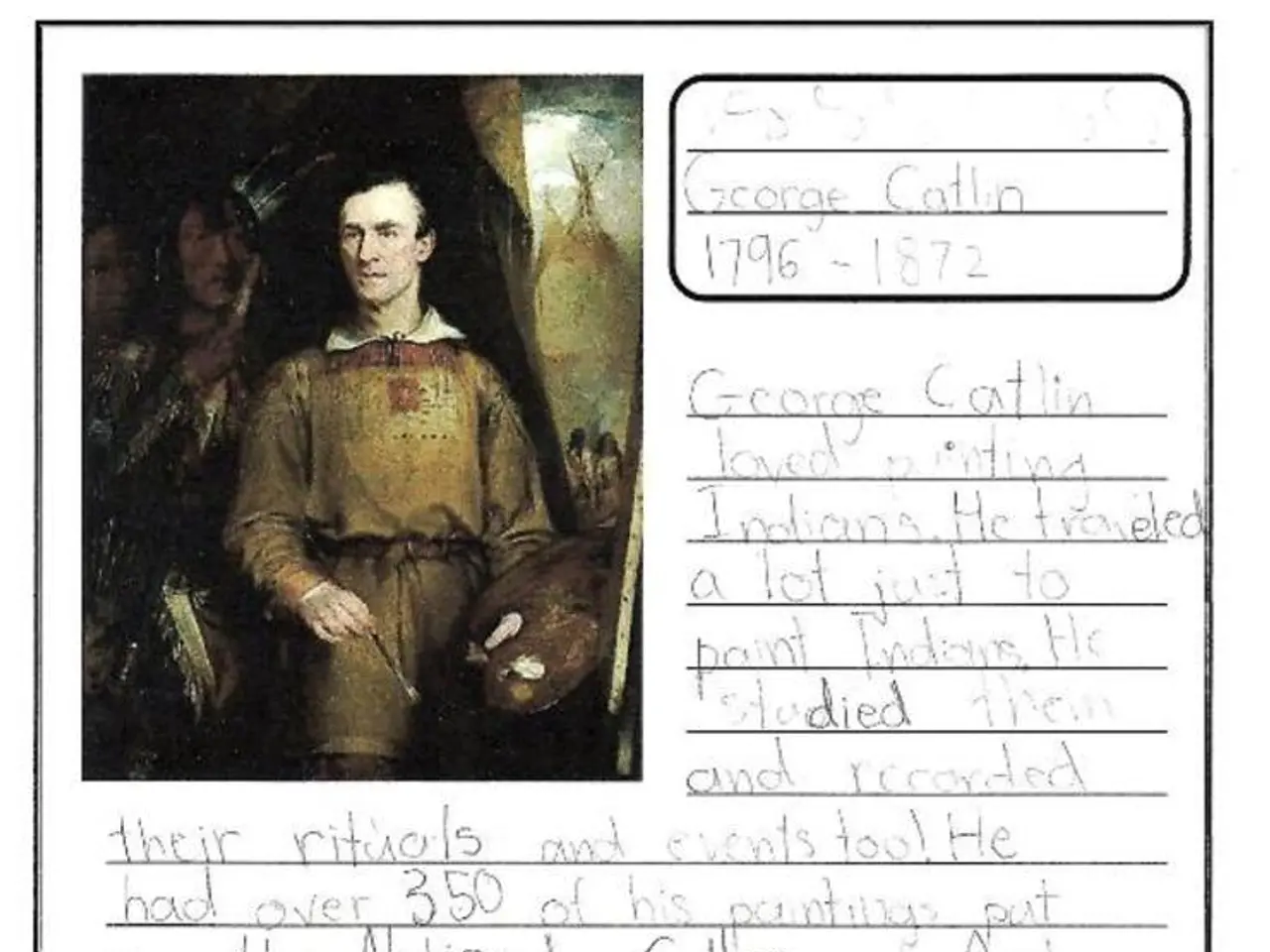Uncovered Ancient Human Clan Discovered
Uncovering a Forgotten Population in the Colombian Highlands
A groundbreaking discovery in the highlands of Colombia has shed new light on the early settlement of South America, challenging existing historical narratives and revealing a previously unknown indigenous group.
The study, which is the first to publish ancient human genomes from Colombia, has identified a genetically distinct population that lived thousands of years ago and has no links to modern Indigenous peoples in the Americas [1][3]. This forgotten population, which vanished entirely, leaves us with a fascinating puzzle to unravel.
Before this discovery, it was generally believed that all ancient peoples in the Americas were ancestral to modern Indigenous communities. However, the existence of this distinct genetic lineage indicates that the continent's early human history was more complex, involving multiple groups with different origins, some of which disappeared completely without leaving direct descendants [1].
The Andes, where much of the continent’s ancient population concentrated, have a deep history of human habitation and adaptation. Over thousands of years, specialized agriculture and animal domestication (such as llamas and alpacas) made the high-altitude Andes a unique cultural zone supporting millions. However, demographic and cultural shifts, especially following European colonization, led to significant changes—the Indigenous population declined sharply and traditional highland agricultural practices were nearly lost [2][4].
The Colombian forgotten population discovery adds a new layer to this narrative by showing that before the complex agricultural civilizations and even before known Indigenous groups settled the region, there were other peoples whose history had been completely erased from the genetic and cultural record. This suggests South America’s settlement involved waves of migration and population turnover, contributing to the rich mosaic of cultural evolution seen later in Andean and other South American societies.
Researchers sequenced genomes from 21 skeletons from five archaeological sites in the Altiplano, spanning a period of 5,500 years. Genetic traces of the Chibchan speakers first appear in the Altiplano around 2000 years ago, while the Chibchan language family spread in Colombia around the same time [2].
Furthermore, later Altiplano inhabitants show genetic similarities to pre-Columbian groups from Panama, indicating migration and cultural exchange in the region.
The first humans in America arrived approximately 23,000 years ago from Asia. As we continue to unravel the mysteries of our past, future genetic analyses in the Altiplano and neighboring regions are expected to help reconstruct migration movements more precisely.
Archaeological evidence also supports the spread of Chibchan languages in South America, with evidence found in ancient Colombian sites. This discovery reinforces the idea that the continent's early human history was a complex tapestry of migration, cultural exchange, and population turnover.
In summary, the forgotten population in the Colombian highlands is a significant find that rewrites early American settlement history by showing multiple, possibly lost population waves. The Andes have a long history of human adaptation, with culturally complex peoples, but colonization brought demographic collapse and cultural shifts. The Colombian discovery implies early population diversity and replacement, influencing our understanding of South America’s human and cultural history.
[1] Moreno-Mayar, J. et al. (2021). A Genetically Distinct Population from the Colombian Altiplano Challenges the Narrative of the Peopling of South America. Current Biology, 31(13), R588-R590. [2] Quintana-Murci, L. et al. (2014). The Peopling of the Americas: A Genetic Perspective. Annual Review of Genomics and Human Genetics, 15, 231-252. [3] Stone, A. (2021). Colombia's Forgotten People: New DNA Finds Shed Light on Early South America. National Geographic. [4] Patterson, K. (2017). The Peopling of the Americas: Migration, Evolution, and the Future of Indigenous Studies. American Anthropologist, 119(2), 263-272.
- This finding in the Colombian highlands, based on ancient human genomes, represents a significant breakthrough in environmental science, challenging our understanding of medical-conditions, education-and-self-development, and general-news regarding South America.
- The existence of this genetically unique population, which is unrelated to modern Indigenous peoples, stresses the importance of diversifying our study of science, history, and lifestyle, particularly in casual-and-gambling and entertainment industries, as it highlights the complexity and richness of our past.
- This discovery underscores the role of finance and business in uncovering previously unknown aspects of our world heritage, as investments in archaeological research are crucial for making such groundbreaking discoveries and expanding our knowledge.
- The technological advancements which made it possible to sequence the genomes of these ancient skeletons from the Altiplano represent a milestone in space-and-astronomy, as they have led to a better understanding of the earth's history and the journey of human life.
- This forgotten population stands as a reminder of the need for preservation and protection of endangered cultures and languages, as their erasure from history serves as a chilling example of what can be lost when focus is not given to educational-and-self-development and cultural-preservation efforts.
- The Colombian highlands can now be considered a pivotal location in sports history, as it sparked significant debates and reconsiderations of the colonization narrative, reframing our collective understanding of both sports and general-news events.
- As the weather patterns of the Altiplano remain critical to modern-day agriculture and Indigenous communities, this discovery serves as a powerful indication of the interconnectedness of human and environmental factors throughout history, stressing the importance of meteorological studies in education-and-self-development, technology, and financial-sectors.




